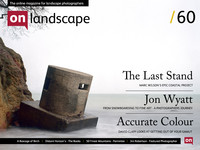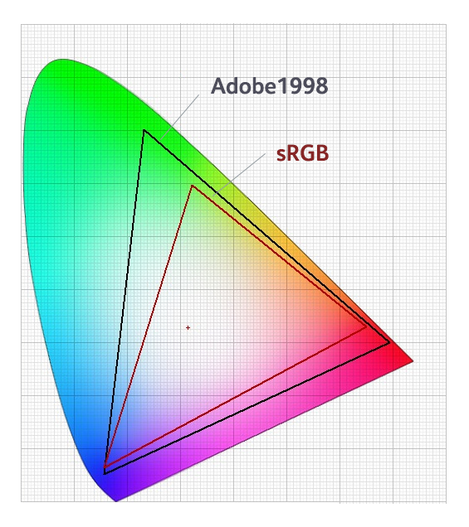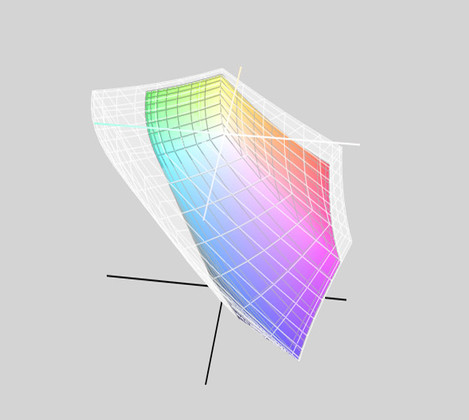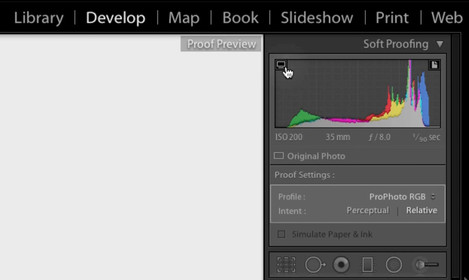Keeping inside your Gamut

David Clapp
Non-award winning landscape, travel, architectural photographer and writer based in South Devon.
David Clapp follows on from our short article last issue about icc profiles with a look at gamut and how you can ensure that your pictures don't clip colours.
What is Gamut?
An icc profile or colour space has a 'gamut' which is the range of colours that it can represent. For instance, sRGB was designed by HP in 1996 to work with their printers and monitors and because technology wasn't particularly great at the time, the colour space didn't need to address a large range of colours.
Effectively the colour space or icc profile defines the colour of the three primaries - red, green and blue. If these primaries and very intense, pure colours then it is possible to mix a large range of colours just like an artist would. If you don't have very intense RGB colours then the range of colours you can mix tends to be more muted.
You can visualise this using the Colorsync Utilities on the mac or Spyder utilities on the PC (amongst other software). Here's an example showing a comparison between the Adobe 1998 colour space and the sRGB colour space.
As you can see the Adobe1998 colour space encompasses many more colours, especially greens and turquoises and reds.
You can view the plots in three dimensions because the lightness and darkness of the tones is also important. Understanding such three dimensional plots is quite hard though.
We're looking top down onto a comparison of Adobe1998 and sRGB and the very top of the image is the white point and the bottom is the black point.
What is 'Out of Gamut'?
Well most of our cameras shoot in a very large colour space and it is only when we want to convert our photographs into a smaller space that things can go wrong. Take a look at this article for a bit more detail of what happens when we try to convert from one colour space to a smaller one.
Effectively we end up 'clipping' colours because the smaller space can't manage them properly. This is almost as bad as clipping highlights because you can't get that data back and if you only clip one colour channel then the colours can shift depending on how much it's clipped. i.e. imagine a colour gradient. If the green channel clips towards the end of the gradient but the red channel keeps increasing then we get a colour shift - the image below shows a contrived example where you can see in the bottom half the effect of clipping the green channel.
This effect can be responsible for part of the 'fried egg' effect you sometimes see on sunsets (although some of this is also the camera clipping colours).
Lightroom
Lightroom 4 and 5 allow you to preview colour clipping by pressing 'S'. Using this tool you can choose a colour space to check against and then desaturate the colours that are clipping.
The 'monitor' icon underneath the cursor in the above image can be clicked to show the area that is out of gamut on the screen. These areas will appear a 'battelship grey'.
You can also look at out of gamut areas in Photoshop using the 'view > proof setup' to pick your colour space and 'view > gamut warning' to show out of gamut colours.
Photoshop has more accurate tools for targetting just the problem colours.
Lightroom's Colour Space
Lightroom histograms can cause people quite a bit of confusion. If you've ever opened an image that doesn't show any clipping in Lightroom but does in Photoshop, join the club.
Lightroom cheats a bit here. Basically, it uses a form of the ProPhoto colour space called 'Melissa' - a space so large that it contains imaginary colours. However, because it's so big it won't clip anything - not until you export stuff anyway.
That's why you should always check your proofing in Lightroom before exporting for archive, web or print.





